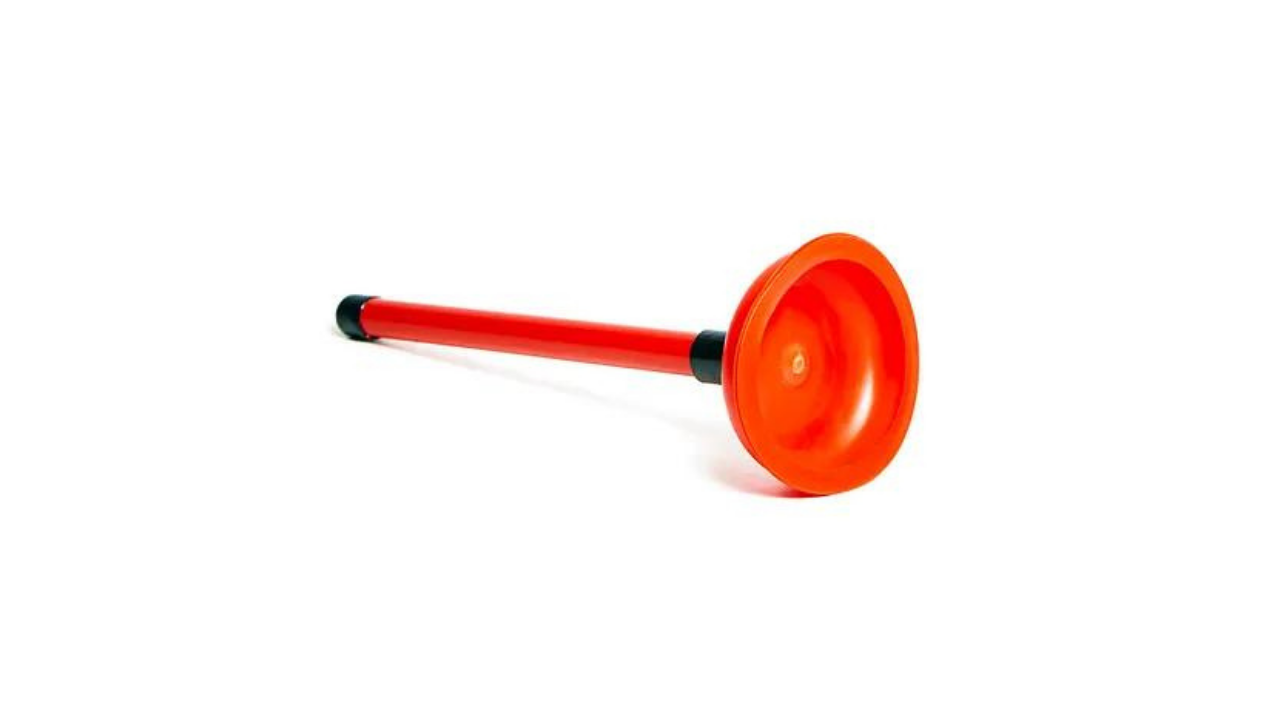Unclogging a blocked sink, whether it’s in the kitchen or bathroom, is a common challenge faced by many households. It can disrupt our daily routine and cause inconvenience. Kitchen sinks often get clogged due to food particles, grease, and soap residue, while bathroom sinks have to deal with issues like hair, toothpaste, and soap scum.
A clogged sink not only affects the flow of water but can also create unpleasant odors and potential water damage. In this guide, we will provide easy-to-implement solutions using everyday household items to help you with both kitchen and bathroom sink blockages.
We will also discuss tools such as plungers and plumbing snakes for more stubborn clogs. Our goal is to give you an approach that will restore drainage and keep your plumbing fixtures running smoothly.
No matter if you are dealing with a minor inconvenience or a serious blockage, the following tips and techniques will guide you through the process of unclogging sinks in different areas of your home.

Reasons to Clog a Sink
Sinks can become clogged for various reasons, and the factors contributing to clogs may differ based on whether it’s a kitchen sink or a bathroom sink. Here are common reasons for sink clogs:
Kitchen Sink
- Food Debris: Leftover food particles, especially those high in grease or fat, can accumulate in the pipes and cause blockages.
- Grease and Cooking Oil: Pouring grease or cooking oil down the drain can lead to a buildup that solidifies over time, restricting water flow.
- Coffee Grounds: Fine coffee grounds can accumulate in the pipes, contributing to clogs.
- Detergent Residue: Dishwashing detergents can leave behind residue that combines with food particles, forming a sticky substance that can clog drains.
Bathroom Sink
- Hair: One of the most common reasons for bathroom sink clogs is the accumulation of hair, especially when combined with soap and toothpaste.
- Soap Scum: The residue left behind by soap and toothpaste can build up over time, narrowing the diameter of the pipes.
- Foreign Objects: Items like dental floss, cotton swabs, or small objects accidentally dropped down the drain can contribute to clogs.
- Mineral Buildup: Hard water can lead to the deposition of mineral deposits in pipes, reducing the passage of water flow.
General Factors
- Insufficient Water Flow: Low water flow or inadequate flushing can contribute to the gradual buildup of pipe debris.
- Old or Deteriorating Pipes: Aging pipes may develop cracks, corrosion, or rough surfaces that catch debris, making them more susceptible to clogs.
- Inadequate Ventilation: Poorly ventilated plumbing systems may create negative pressure, slowing down drainage and allowing debris to accumulate.
How to Unclog a Sink
Unclogging a sink can often be done using simple and effective methods. Here’s a step-by-step guide on how to unclog a sink:
Boiling Water
- Boil a kettle or pot of water.
- Pour the boiling water directly down the drain in two to three stages, allowing a few seconds between each pour. This can help dissolve and flush away minor clogs.
Plunger
- Ensure there’s enough water in the sink to cover the plunger’s cup.
- Place the plunger over the drain and push down firmly, then pull up sharply. Repeat several times.
- This method is particularly effective for bathroom sinks.
Baking Soda and Vinegar
- Pour 1/2 cup of baking soda down the drain.
- Follow it with 1/2 cup of white vinegar.
- Cover the drain and let it sit for 15-30 minutes.
- Flush with boiling water.
Plumbing Snake (Auger)
- If the clog persists, use a plumbing snake.
- Insert the snake into the drain and turn the handle to break up or grab the clog. Pull the snake out and clean it off as needed.
Remove and Clean the P-Trap
- Place a bucket under the sink to catch water.
- Unscrew the P-trap (U-shaped pipe) beneath the sink.
- Clean out any debris, and then reattach the trap.
Chemical Drain Cleaners (Caution)
Use chemical drain cleaners as a last resort, as they can be harsh and potentially damaging to pipes. Follow the instructions carefully, and use gloves and eye protection.
Check the Air Vent
Some sinks have an air vent that can get clogged. Check for a vent on the roof or wall near the clogged sink, and make sure it’s clear.
Call a Professional
If all else fails or you’re uncomfortable performing these steps, it may be time to call a professional plumber.
What causes sinks to become clogged?
Sinks can become clogged due to a variety of reasons. In the kitchen, common causes include food particles, grease buildup, and coffee grounds. Bathroom sinks often get clogged due to hair, soap scum, and the accumulation of toothpaste.
Can I use chemical drain cleaners to unclog a sink?
Chemical drain cleaners can be used but should be considered a last resort. They can be harsh on pipes and may cause damage. If used, follow the instructions carefully, and use protective gear such as gloves and eye protection.
How can I prevent sink clogs in the future?
Prevent sink clogs by using drain screens to catch debris, avoiding pouring grease or oil down the drain, and regularly cleaning drains with baking soda and vinegar. Also, be cautious about what goes down the drain, and consider using a hair catcher in bathroom sinks.
What’s the best method for unclogging a bathroom sink with hair buildup?
To unclog a bathroom sink with hair buildup, start by using a plunger. If that doesn’t work, remove and clean the pop-up stopper and the drain trap (P-trap). A plumbing snake can also be effective in breaking up and removing hair clogs.